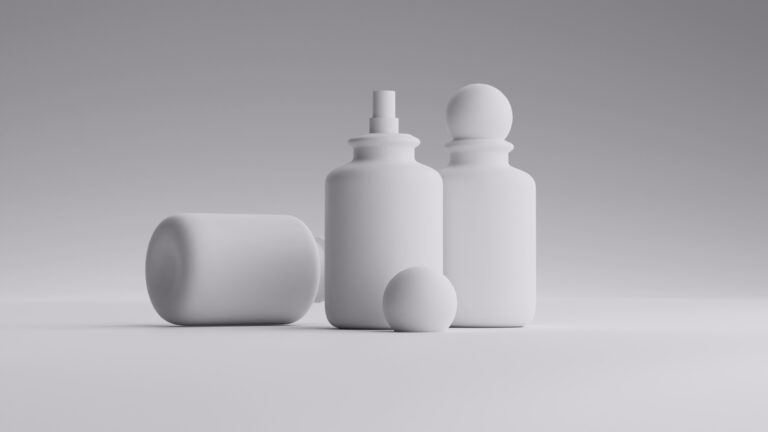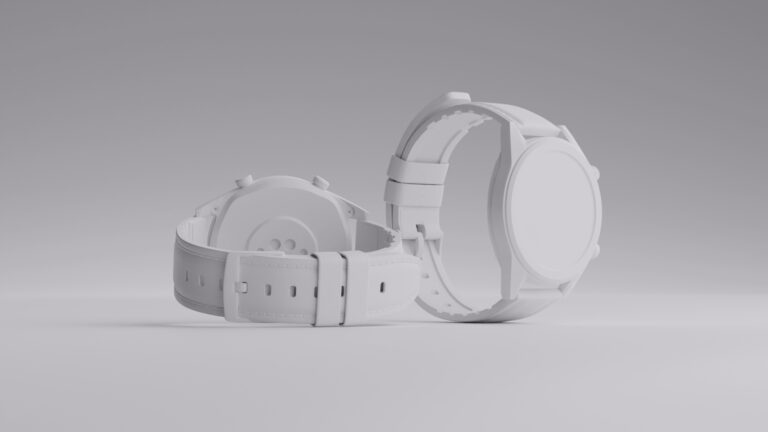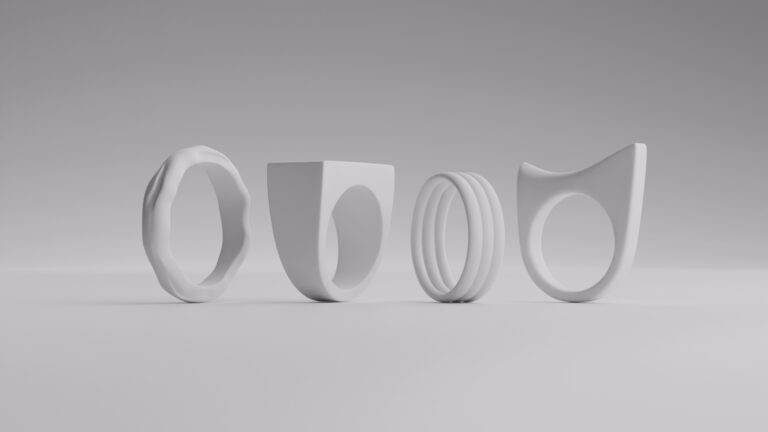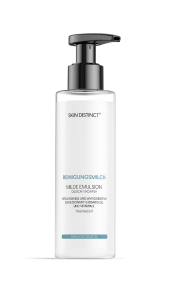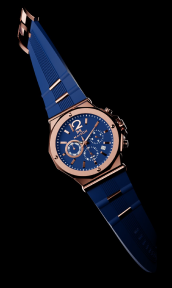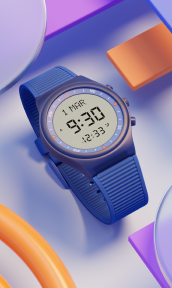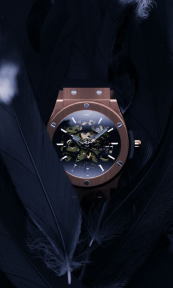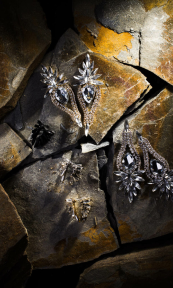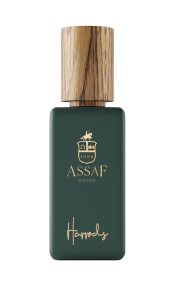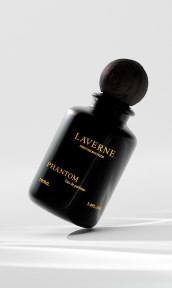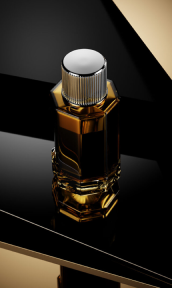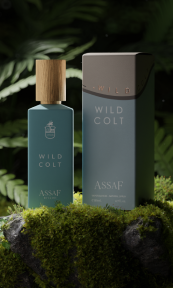The visual language of advertising has evolved dramatically over the years, but one element remains constant: the power of photography to captivate audiences and tell compelling brand stories. Advertising photography stands at the intersection of art and commerce, creating images that showcase products and services, evoke emotions, and drive consumer action.
The digital world moves fast, and catching your audience’s attention is tougher than ever. That’s where advertising photography comes in – it’s your secret weapon for standing out in a crowded marketplace. Think stunning product shots that make your items look irresistible, or lifestyle photos that show your customers exactly how your products fit into their world. Want to level up your marketing game? Keep reading to discover how advertising photography can transform your business from just another option to the obvious choice.
What is advertising photography and why is it important?

Visual communication has become the cornerstone of modern marketing, and advertising photography plays a pivotal role in this landscape. At its core, advertising photography is a specialized field that focuses on creating compelling images to promote products, services, or brands. These images are carefully crafted to appeal to specific target audiences and achieve particular marketing objectives.
Professional advertising photographers combine technical expertise with creative vision to produce images that grab attention and communicate brand messages effectively. Unlike casual photography, every element in an advertising photo is meticulously planned and executed, from lighting and composition to styling and post-processing.
The sophistication of advertising photography is evident in its impact on consumer behavior. Studies show that high-quality product images can increase online sales by up to 40%. This demonstrates how professional photography can significantly influence purchasing decisions and brand perception.
Advertising photography has adapted to changing consumer preferences and technological advances. The rise of social media platforms has created new opportunities and challenges, requiring photographers to create visually striking content that stands out in crowded digital feeds while maintaining brand consistency across multiple channels.
Advertising photography’s versatility makes it an essential marketing tool for businesses of all sizes. From small e-commerce startups to global luxury brands, companies rely on professional photography to showcase their offerings and connect with their target audience.
Types of advertising photography

Product photography
Product photography forms the foundation of many advertising campaigns, particularly in e-commerce. This type of photography focuses on showcasing items in their best light while maintaining accuracy and detail. Professional product photographers use specialized techniques to capture every feature, from texture to color, ensuring potential customers get a clear understanding of what they’re buying.
The rise of online shopping has made product photography more crucial than ever. Research indicates that over 90% of consumers consider visual appearance to be the key deciding factor in purchasing decisions. This explains why successful e-commerce platforms invest heavily in high-quality product photography.
Top brands like Apple have set new standards in product photography with their minimalist approach, using clean backgrounds and dramatic lighting to highlight design features. This style has become so influential that it’s now commonly referred to as “Apple-style” product photography in the industry.
Lifestyle photography
Lifestyle photography takes products out of the studio and places them in real-world contexts, showing how they fit into consumers’ daily lives. This approach helps create emotional connections by depicting relatable scenarios and aspirational moments that resonate with target audiences.
Major brands like Nike excel at lifestyle photography, showing their products being used by both professional athletes and everyday fitness enthusiasts. This strategy helps customers envision themselves using the products and understanding their practical benefits.
The authenticity of lifestyle photography makes it particularly effective on social media platforms. Studies show that lifestyle images generate 30% more engagement than traditional product photos on platforms like Instagram, as they tell stories that viewers can connect with emotionally.
Fashion photography
Fashion photography combines artistic expression with commercial intent, creating images that showcase clothing and accessories and convey specific moods and lifestyles. This type of advertising photography requires a deep understanding of current trends and styling and the ability to direct models effectively.
Successful fashion campaigns like those by Gucci and Zara demonstrate how photography can elevate simple garments into objects of desire. Through careful attention to lighting, composition, and post-processing, fashion photographers create aspirational images that drive consumer interest.
The impact of fashion photography extends beyond direct sales. These images often shape cultural trends and influence consumer behavior across multiple industries, from beauty to interior design.
Food photography
Food photography has evolved into a highly specialized field, requiring technical expertise to make dishes look appetizing while maintaining their authentic appearance. Professional food photographers understand lighting techniques, styling, and timing to capture food at its most visually appealing moment.
Restaurant chains like McDonald’s invest significantly in food photography, using specialized techniques to ensure their menu items look consistently appealing across all marketing materials. Behind every perfect burger shot are hours of preparation and attention to detail.
The explosion of food delivery apps and social media has transformed food photography from a nice-to-have into a must-have. When was the last time you ordered food online without looking at the photos? Great food photography can make the difference between a scroll-past and a sale.
Benefits of advertising photography

Building brand identity and recognition
It’s become clear – strong brand identity is essential for business success. Professional advertising photography helps establish and reinforce your brand’s visual identity, making it instantly recognizable to consumers.
When consistently high-quality images appear across all marketing channels, they create a cohesive brand experience. Luxury brands like Rolex and Chanel have mastered this approach, using distinctive photography styles that make their advertisements immediately identifiable without even seeing their logos.
Think about your favorite brands – you can probably recognize their style instantly, even without seeing their logo. That’s the power of consistent brand presentation. When you nail your photography style and use it across all your platforms (from your website to social media to marketing materials) you’re building a strong, memorable brand that your customers will recognize and trust. That’s how professional advertising photography becomes a real driver of business growth.
Enhancing consumer trust and credibility
High-quality advertising photography serves as a visual promise of quality to potential customers. When consumers see professional, well-executed images, they naturally associate that level of professionalism with the product or service being offered.
Research shows that 92% of consumers trust visual content more than text when making purchasing decisions. This trust factor is particularly crucial for e-commerce businesses, where customers can’t physically examine products before buying.
Professional product photography has been shown to reduce return rates by up to 25% in online retail. When products are accurately and attractively represented through high-quality photos, customers have more realistic expectations and are less likely to be disappointed with their purchases.
Driving engagement and social media success
Let’s talk social media success. Scroll through any popular social feed and you’ll notice one thing: it’s all about the visuals. Professional advertising photography gives you a goldmine of scroll-stopping content that you can share across all your platforms.
Just compare posts with stunning visuals to those without — the difference in engagement is night and day. Great photos get more eyes on your content, more shares, and more people talking about your brand. It’s simple: when your photos stand out, your business stands out.
Look at powerhouse brands like Nike and Apple. Their photos don’t just show products, they create moments that people can’t help but share. When they drop a new campaign, it spreads like wildfire across social media. That’s not luck. It’s what happens when you invest in strategic, professional photography that resonates with your audience.
Improving conversion rates
Let’s get down to what really matters – sales. The difference between professional and amateur product photos is about converting browsers into buyers. When you upgrade from basic snapshots to professional advertising photography, you’ll see the difference in your sales numbers.
Why does it work so well? For starters, professional photos show your products in amazing detail, giving customers the confidence to click that ‘buy’ button. Plus, great photography does something that specs and descriptions can’t – it creates an emotional connection that makes people want to own what they’re seeing.
Take fashion retailers, for example. When they switch from basic mannequin shots to professional model photography, their sales jump dramatically. It makes sense. Seeing how clothing looks on a real person helps customers imagine themselves wearing it, making them more likely to make a purchase.
Facilitating effective storytelling
Visual storytelling through advertising photography helps brands connect with their audience on an emotional level. Professional photographers know how to capture moments and create narratives that resonate with target consumers.
When you pair great storytelling with powerful images, you create something memorable that connects with your audience on a deeper level. Your photos can say more about your brand’s values and mission than paragraphs of text ever could.
Airbnb transformed their brand through storytelling in their photos. Instead of just showing properties, they capture the magic of staying in unique places and connecting with local communities. Their images tell stories of adventure, belonging, and memorable experiences — and that’s what sells.
Supporting international marketing efforts
Want to take your brand global? Great photography speaks every language. While words might get lost in translation, powerful visuals can communicate your message to customers anywhere in the world. That’s why professional photography is such a valuable tool for reaching international markets.
Your brain is wired to process images instantly – much faster than it processes text. This makes photography the perfect way to connect with customers across different cultures and regions. A stunning photo of your product can spark desire and understanding, no translation needed.
Major brands use top-notch photography to keep their brand recognizable worldwide while cleverly adapting their visual stories to resonate with local audiences. It’s like having a universal language for your brand that everyone understands, no matter where they’re from.
How to create impactful advertising visuals

Success in advertising photography requires more than just technical skill – it demands a strategic approach aligned with specific marketing objectives. Here’s how to ensure your advertising photography delivers results.
Start by defining clear goals for your photography project. Understanding whether you’re aiming to increase brand awareness, drive online sales, or support a specific campaign will help guide creative decisions and ensure the final images serve their intended purpose.
Professional advertising photographers employ various techniques to create impactful visuals. From using color psychology to influence emotions to implementing the rule of thirds for balanced compositions, every decision contributes to the overall effectiveness of the image.
Lighting plays a crucial role in advertising photography. Professional photographers understand how different lighting setups can dramatically affect the mood and message of an image. Natural light might work best for lifestyle shots, while controlled studio lighting often produces better results for product photography.
Post-processing is another essential element of creating successful advertising photos. While maintaining authenticity is important, professional retouching can help enhance images to meet brand standards and ensure consistency across different marketing materials.
Wrapping up
Professional advertising photography combines technical know-how with creative flair to create images that don’t just look good — they drive real business results. In a world where everyone’s fighting for attention online, standing out is essential. And great photography is your ticket to getting noticed.
The secret to making advertising photography work for you is knowing which type fits your goals. Maybe you need crystal-clear product shots to boost your online sales, or perhaps lifestyle images that show how your brand fits into your customers’ world.
Whatever your vision, partnering with an experienced photographer who gets your brand can help you create photos that stop the scroll, catch the eye, and turn viewers into customers.
FAQ
How much does professional advertising photography cost?
Professional advertising photography rates vary widely depending on factors like project scope, usage rights, and photographer experience. While basic product photography might start at a few hundred dollars per day, complex advertising campaigns with full creative teams can cost several thousand dollars or more.
What equipment is needed for advertising photography?
Essential equipment includes a professional-grade camera, various lenses, lighting equipment (both strobes and continuous), light modifiers, backgrounds, and post-processing software. However, the specific equipment needed will depend on the type of advertising photography being done.
How long does an advertising photo shoot take?
The duration varies significantly based on the project’s complexity. A simple product shoot might take a few hours, while a large fashion campaign could require several days of shooting. This doesn’t include pre-production planning and post-processing time.
What’s the difference between commercial and advertising photography?
While these terms are often used interchangeably, advertising photography specifically focuses on creating images for promotional purposes, while commercial photography encompasses a broader range of business-related photography, including corporate headshots and architectural photography.
How can I prepare for an advertising photo shoot?
Preparation is key to a successful photo shoot. Create a detailed brief outlining your objectives, target audience, and desired style. Gather reference images, prepare products or locations, and ensure all necessary props and materials are ready before the shoot begins.


